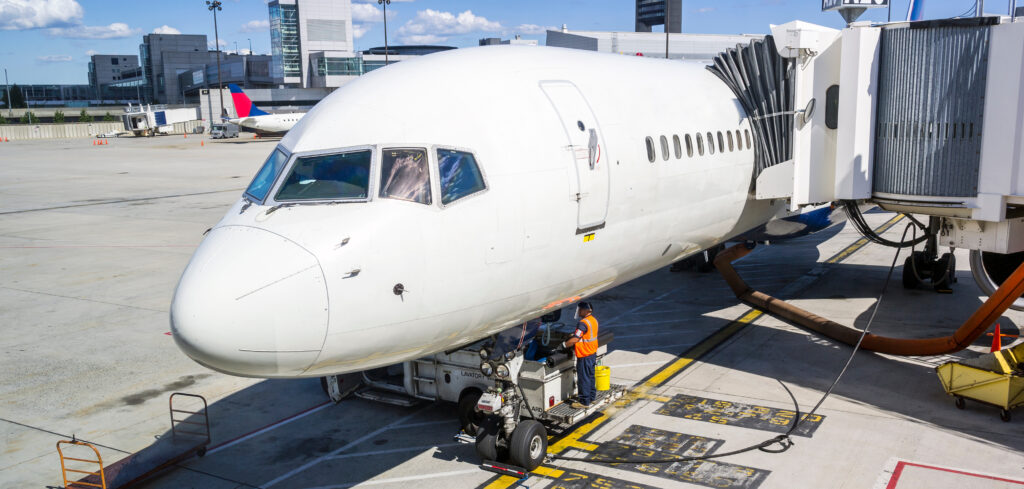The Federal Aviation Administration (FAA) has approved the redevelopment plans for Detroit’s Coleman A. Young Municipal Airport (KDET) in Michigan – making it eligible for more than US$100m in federal grants over the next 10 years.
The airport was recently awarded an initial grant of US$111,000 from MDOT’s Aeronautics Division for partial reimbursement of the cost of developing the airport layout plan. These grants will go toward new hangars, a new control tower, improved taxiways and safety zone, new airport-related development opportunities, as well as the return of the Benjamin O. Davis Aerospace Technical High School to the airport grounds.
The school will return inside a renovated main airport terminal, bringing an important technical school back to an appropriate location that will provide direct access to aviation operations and activity.
The new air traffic control tower will be fully funded by the FAA as part of the Bi-Partisan Infrastructure Act. Site selection for the new tower will begin in early 2023, with design taking place in 2024. The construction is expected to be completed in early 2026 but the estimated opening date is 2025.
The airport also will make safety improvements to the airfield, including the installation of a new engineered material arresting system (EMAS) at both ends of the runway. This FAA-approved solution has been designed to compensate for the fact that the runway does not have the available real estate for standard 305m safety areas without affecting neighboring cemeteries.
For several years, the FAA has required the city to acquire property to the east of the airport (boundaries: French to McNichols to Gilbo to Lynch) because the current airport footprint does not provide a sufficient safety zone according to federal standards. City officials recently met with residents in the ‘mini take’ area to resume the land acquisition process. The process will address 17 occupied homes and 53 vacant properties. Property owners in the area are expected to begin receiving offers in the next month and city officials plan to have the acquisition process completed by the end of 2023.
In 2012, just before the city’s bankruptcy, the airport’s on-site aircraft rescue firefighting services, Engine 20, were decommissioned and the responsibilities for the airport shifted to a nearby firehouse. In 2021, the city completed a renovation of Engine 20 on the grounds of City Airport. Additional firefighters are being trained and the firefighting service is expected to be reactivated in the next year or two.
According to the airport, this is its first approved airport layout plan in 30 years. The approval follows around three years of drafting, community engagement and FAA review. Within the approval, the FAA accepted the decommissioning of Crosswinds Runway, which will free up 32ha for airport-related development.
“City Airport has been an underutilized asset and in decline for generations,” said Detroit’s Mayor Duggan. “Less than a decade ago, the city’s emergency manager had considered selling our airport to pay off some of the city’s debts. Thankfully, that didn’t happen and today, thanks to the great work of our airport leadership team and partnership with the FAA and MDOT, City is about to see new investment and new life as a center of opportunity.”
“This is a very exciting time for the airport and the city,” said Jason Watt, airport director at Detroit’s Coleman A. Young Municipal Airport. “This marks the first time in 30 years that we have a plan that meets all federal and state airport design standards and allows the airport to be redeveloped over the next 20 years. We are open for business and excited for the future.”
“This is long-awaited progress with the FAA for our airport as the Airport Department seeks state and federal funding to help sustain the airport,” said Beverly Kindle-Walker, executive director of Friends of Detroit City Airport. “This administration is the first one since the Young Administration to make a serious effort toward that end. Onward and upward!”

